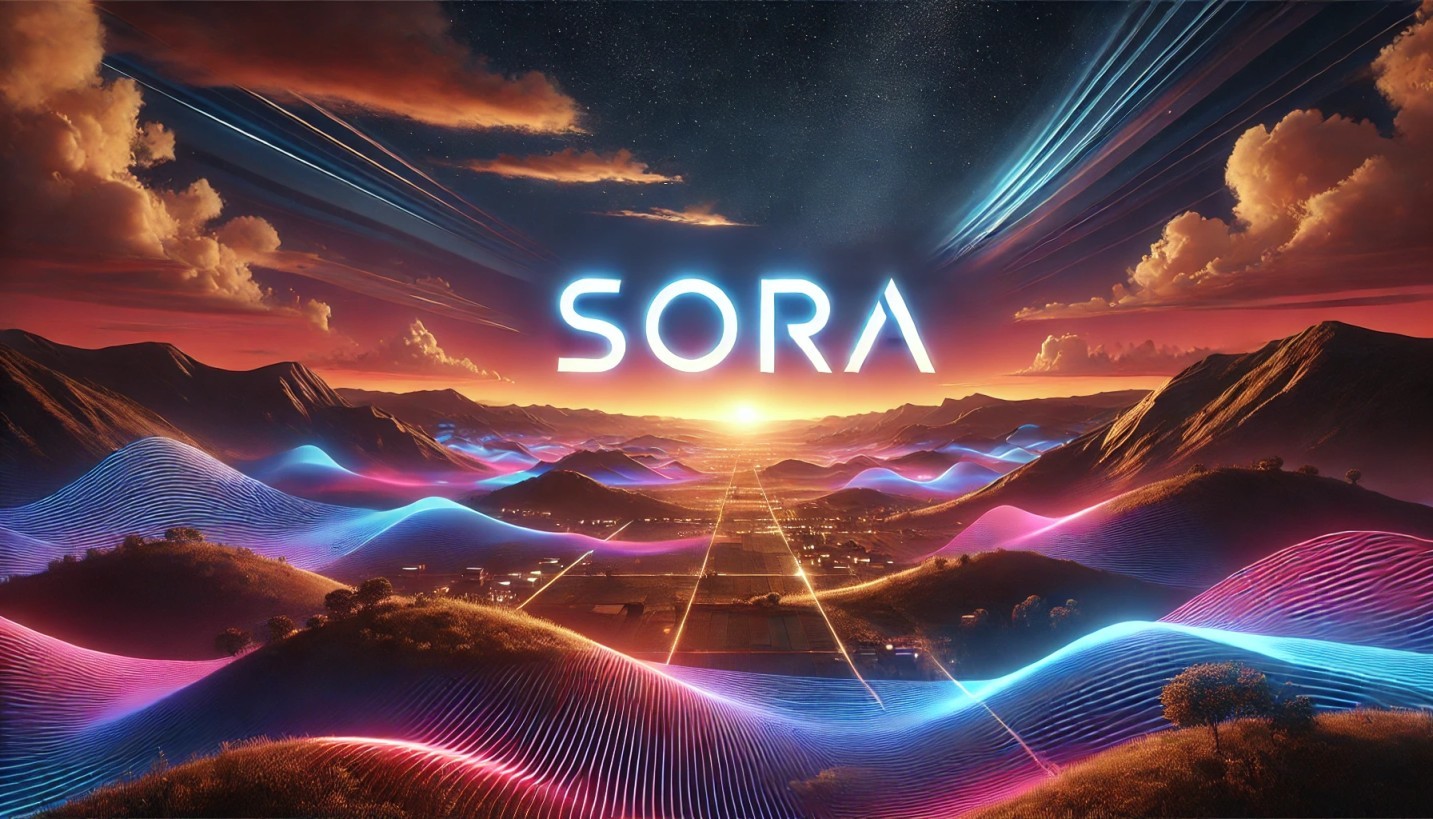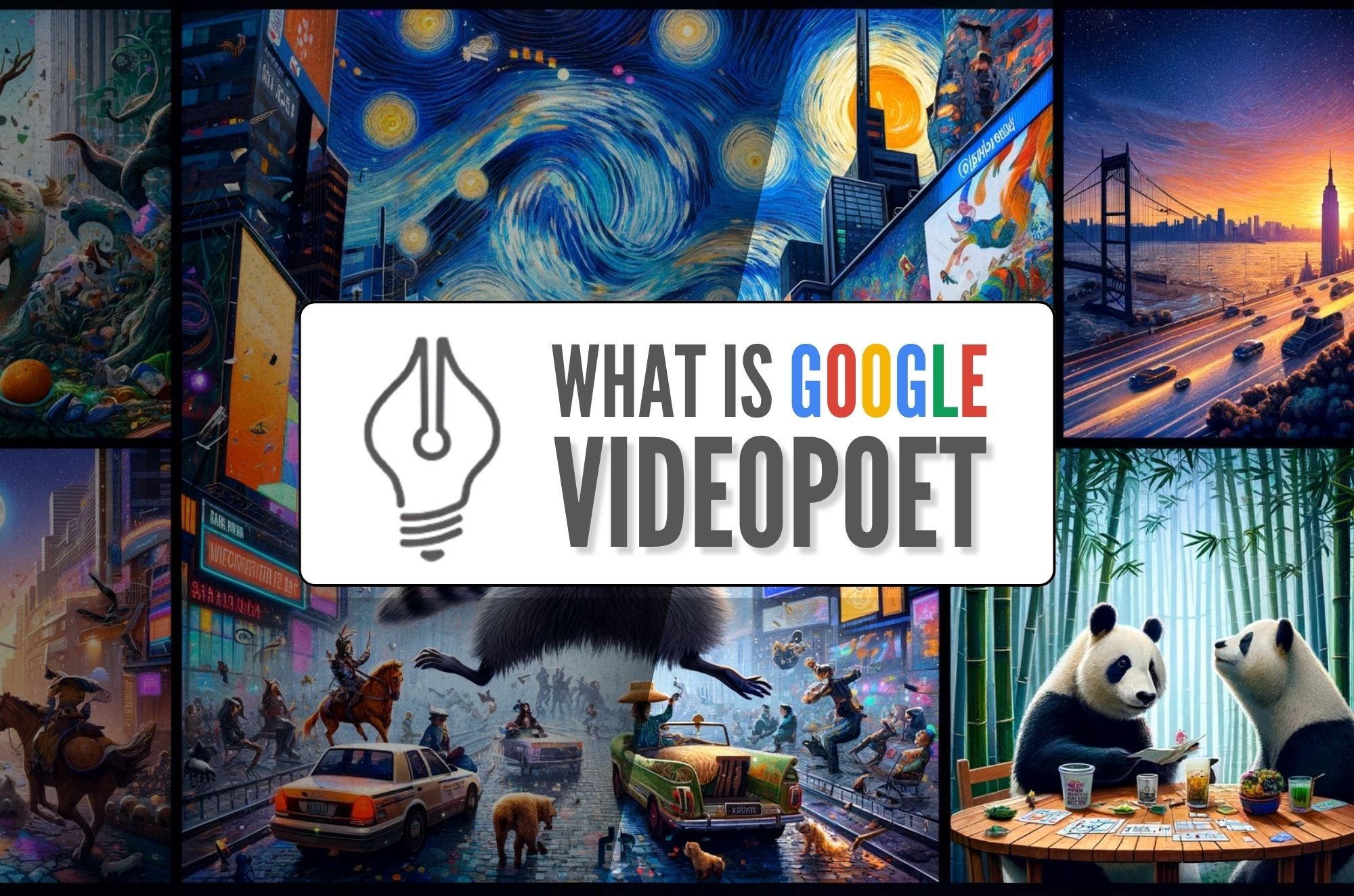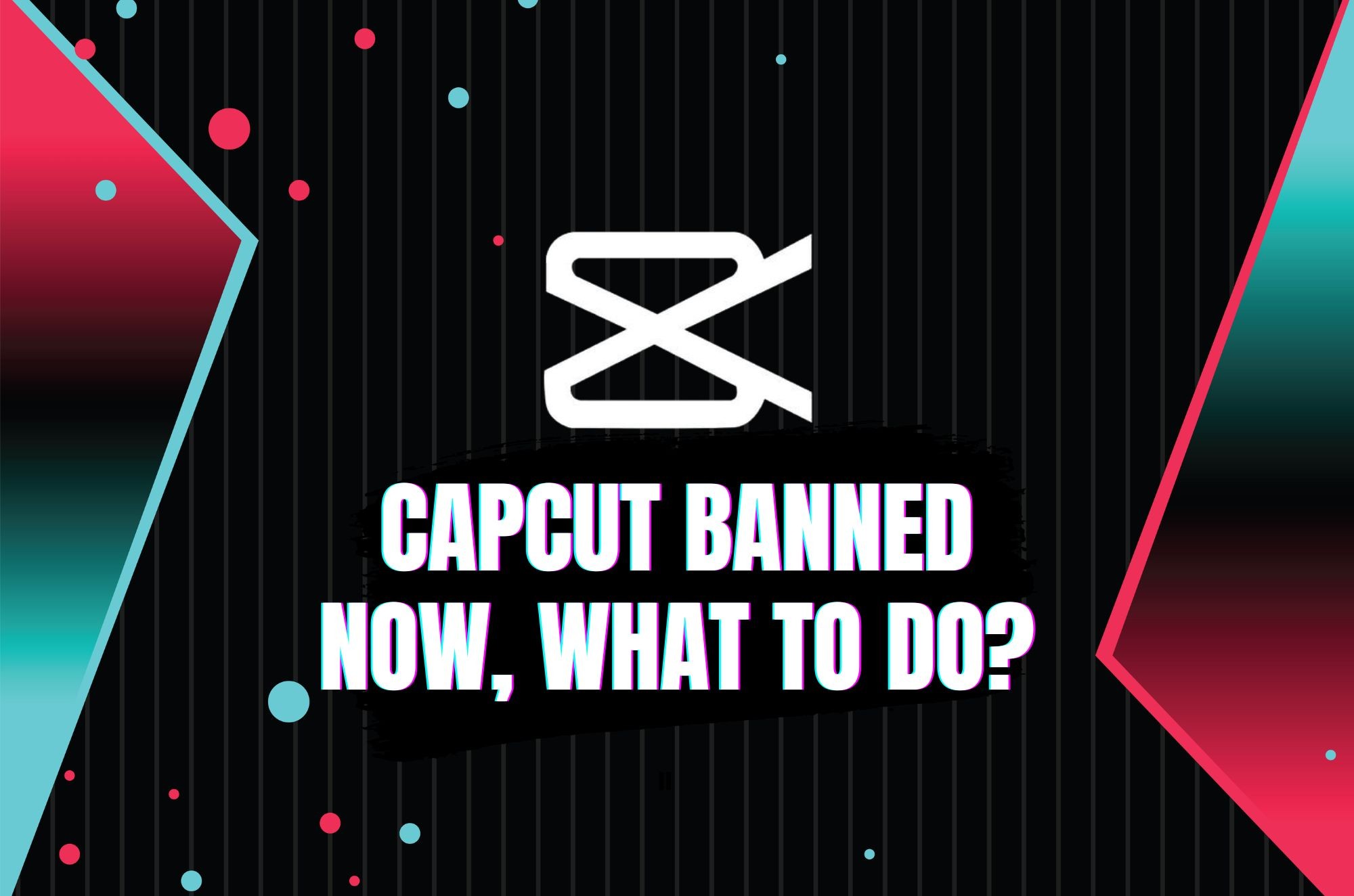Introduction
Once upon a time, filmmaking was a fortress. If you didn’t have a crew, a budget, or a decade of experience, you weren’t getting in. But something’s changing - and changing fast.
AI filmmaking is quietly (and not so quietly) flipping the script. It’s not just about speeding up production. It’s about expanding who gets to create, and how. From scripting to editing, voiceovers to visual effects, AI is putting powerful tools into the hands of creators who’ve never set foot on a studio.
And maybe, just maybe, that includes you.
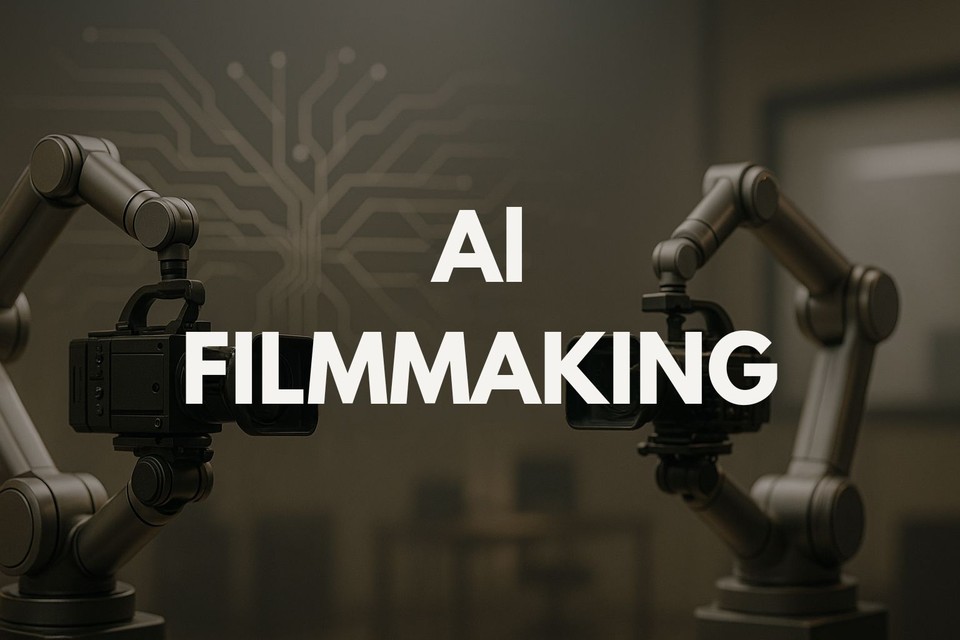
What Is AI Filmmaking, Really?
Think of AI filmmaking as a creative collaboration between human vision and artificial intelligence.
It’s not about pressing a button and getting a perfect film. It’s about using AI to handle the heavy lifting, writing scripts, generating voiceovers, creating animations, editing clips - so you can focus on storytelling.
Imagine this:
-
You’ve got an idea.
-
AI helps you write a compelling script.
-
It generates visuals to match your scenes.
-
You add a professional-sounding voiceover, maybe even cloned from your own voice.
-
You publish a video that looks like it took a team of ten, but it was just you and a smart set of AI tools.
Welcome to the new normal.
Why AI for Filmmaking Matters
This shift is more than just technical. It’s democratic. AI is lowering the barriers that kept so many talented people out of filmmaking - time, cost, access, skill level.
Here’s how it’s making a difference:
-
Speed: Create a polished video in hours, not weeks.
-
Accessibility: No need for fancy gear or post-production expertise.
-
Affordability: Most AI tools cost a fraction of traditional software or hiring pros.
-
Multilingual reach: AI voiceovers and subtitles make global content creation a breeze.
-
Creative freedom: Spend more time on ideas, less on logistics.
The New Toolkit of the AI Filmmaker
Let’s break down the key components of an AI-powered filmmaking process—and where tools are making waves.
Scriptwriting
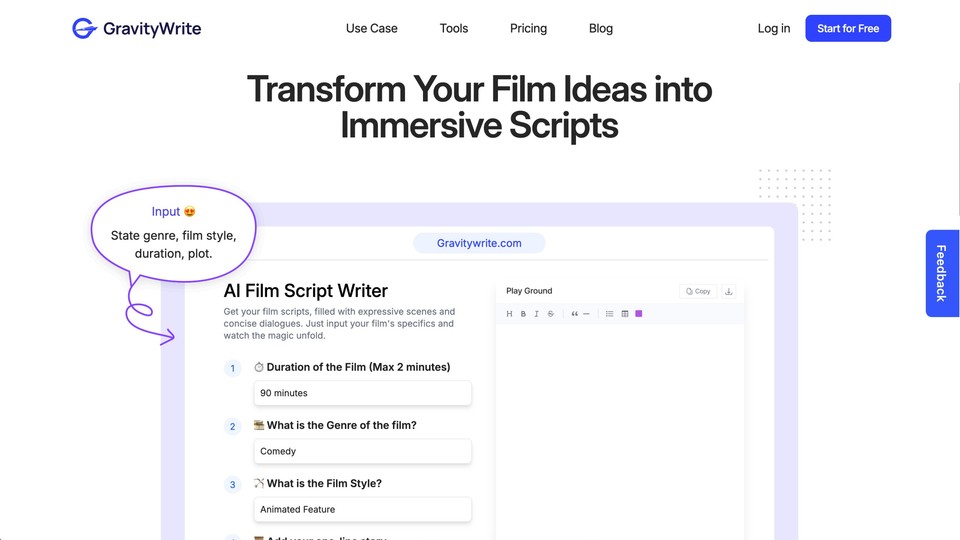
AI script writing tools can help generate compelling story ideas, character arcs, and even full dialogue. Tools like ChatGPT or GravityWrite assist writers with brainstorming or drafting outlines.
Visual Generation
While live action isn’t going away, AI-generated visuals are becoming a serious alternative - especially for explainer videos, animations, or experimental storytelling. Tools like Runway ML, Fliki, and Pika can generate scenes, AI avatars, or stylized content with minimal input.
AI Voiceovers and Cloning
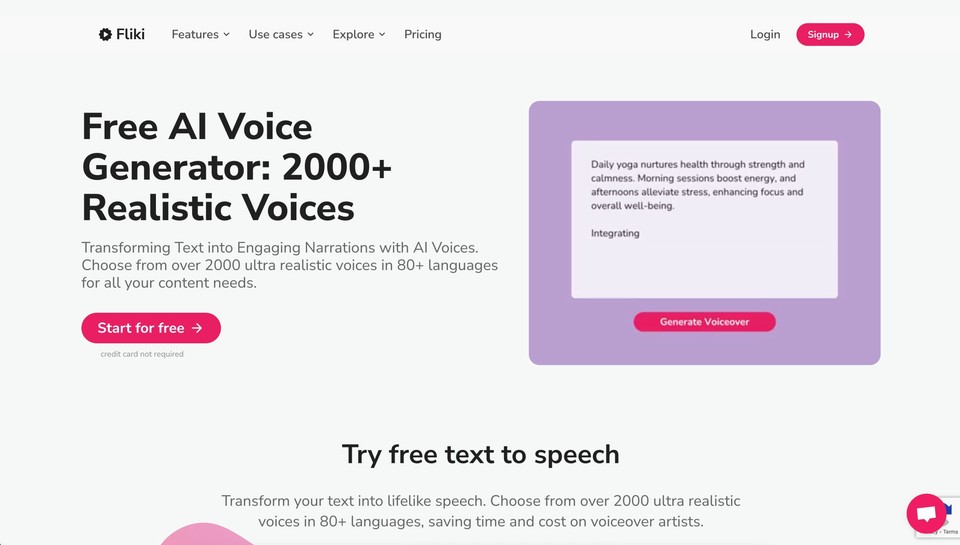
Gone are the days of monotone text-to-speech. Modern tools offer natural-sounding AI voiceovers in multiple languages and accents. Platforms like Descript, Murf, and Fliki let you add narration with incredible realism and even clone your own voice for true brand consistency.
Video Editing
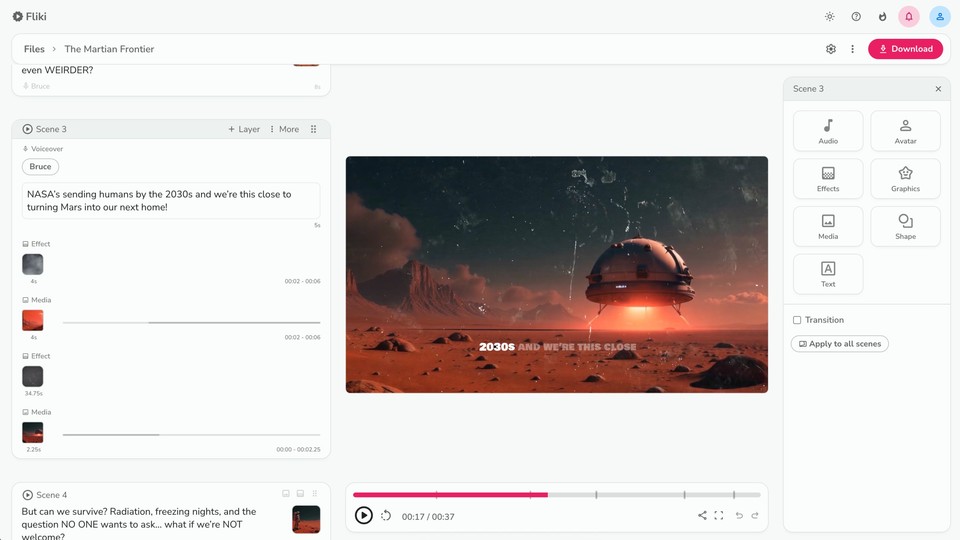
AI can now handle trimming, transitions, and scene structuring automatically. Magisto, Wisecut, and Runway use machine learning to cut footage intelligently, detect highlights, and even suggest music.
Distribution and Optimization
AI doesn’t stop at creation. Platforms can help optimize video titles, descriptions, and thumbnails for YouTube or social media, ensuring your story reaches the right audience.
The AI Filmmaking tool of future
Among the rising tools in this space, Fliki stands out for its voice-first approach to video creation.
Here’s what it brings to the table:
-
AI Voiceovers: Choose from over 2,500 lifelike voices in 80+ languages. Ideal for content creators who want variety and professionalism without hiring talent. Checkout the quality of Fliki’s voices:
-
Voice Cloning: Personalize your audio with your own voice in 30+ languages. Great for brand consistency or narration across global markets.
-
Storyboard Editing: Arrange and refine scenes easily, even if you’ve never edited before.
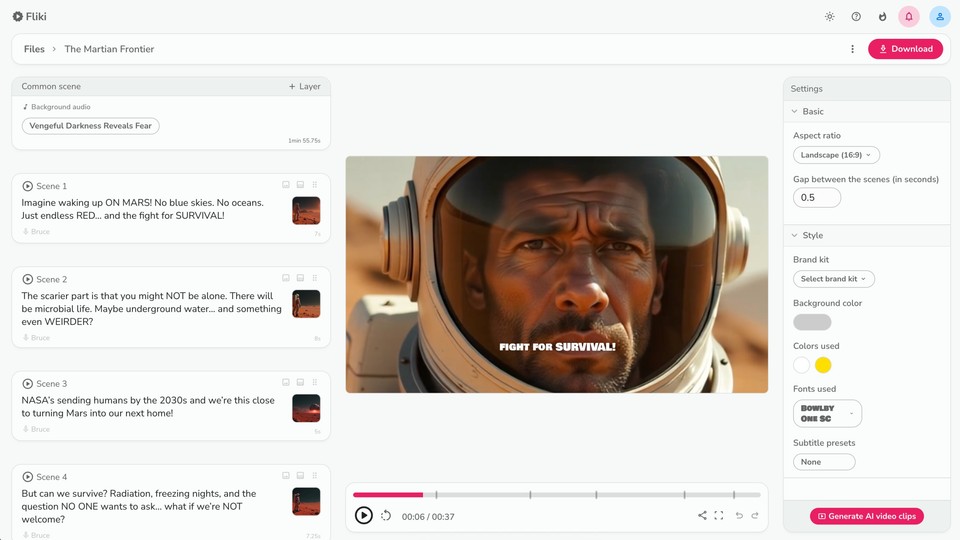
-
Affordability: Fliki offers a flexible pricing model that supports casual creators and professionals alike.
It’s not the only tool out there but it’s a solid example of how accessible and powerful AI filmmaking has become.
Who’s Embracing AI in Filmmaking?
The movement isn’t just for YouTubers or indie creators (though they’re thriving with these tools). It’s expanding across industries:
-
Educators are building animated lessons with voiceovers in different languages.
-
Marketers are generating branded content at scale.
-
Podcasters are turning episodes into short video clips with visuals and captions.
-
Small businesses are producing high-quality explainer videos, without breaking the bank.
If you’ve got a message and a story, AI filmmaking gives you a way to tell it.
What AI Can’t (and Shouldn’t) Replace
Let’s be clear: AI is an incredible assistant, not a visionary. The soul of a story still comes from you, your voice, your experience, your curiosity.
AI doesn’t dream up unique narratives. It doesn’t feel emotion. It doesn’t know what your community needs to hear.
But it can help you bring those ideas to life faster, cheaper, and at a level of polish that was once out of reach.
Use it as a tool, not a shortcut.
Your First Steps into AI Filmmaking
Ready to give it a go? Here’s how to start:
-
Write a short script or blog post, something personal, educational, or entertaining.
-
Choose a tool: Try a beginner-friendly platform like Fliki or Pictory to generate visuals and voiceovers.
-
Edit and refine using AI video editors or simple drag-and-drop platforms.
-
Publish and share and learn from how people respond.
You don’t need perfection. Just momentum.
The Takeaway: It’s Not the Tech, It’s the Story
AI is a gift to storytellers but like any tool, its value lies in how you use it.
AI filmmaking is changing the rules. You no longer need permission to create. You don’t need a studio or a budget or even a team. All you need is an idea and the courage to press “record” - actually not even that, you can just use AI video clips.
But remember, when the barriers fall, more voices rise.
And maybe, just maybe - yours is next.

